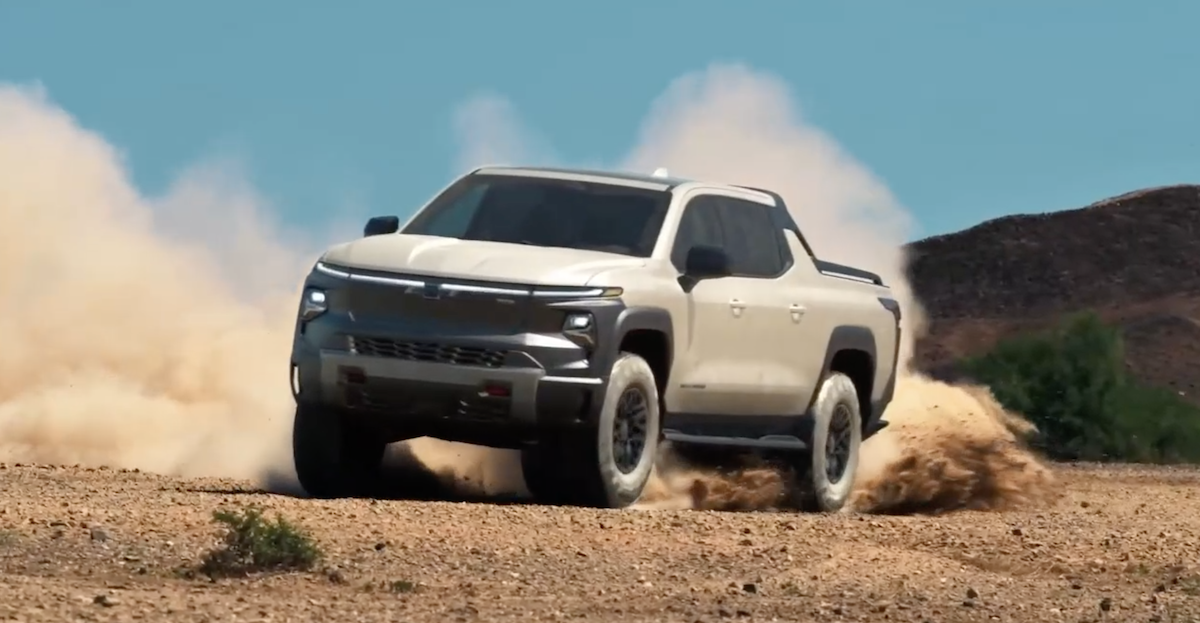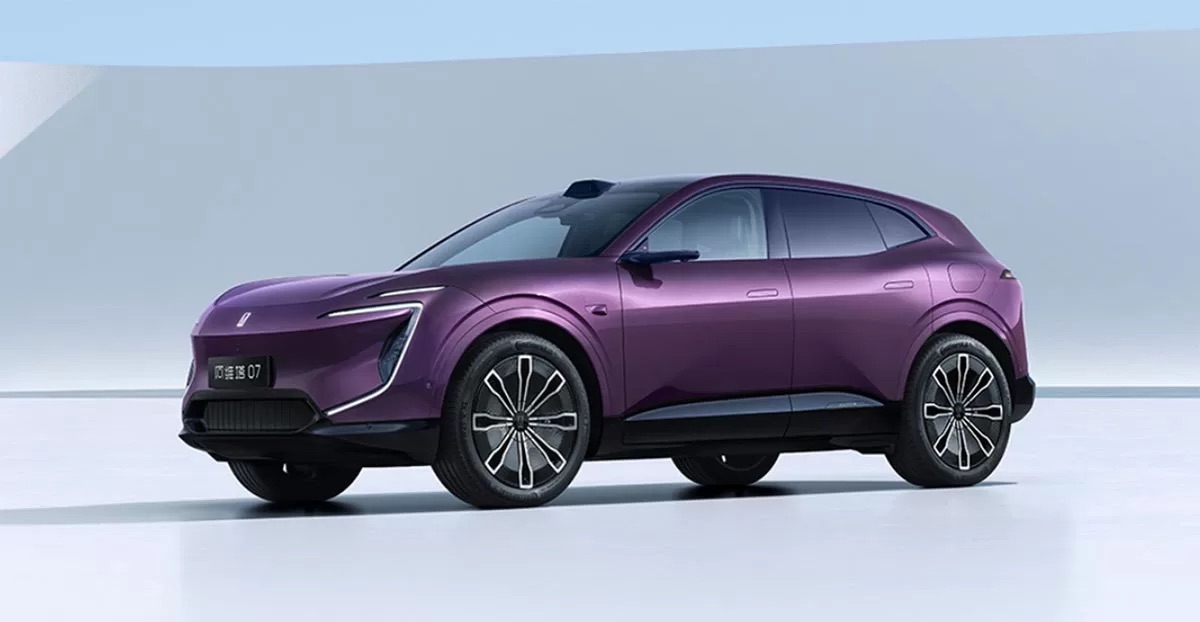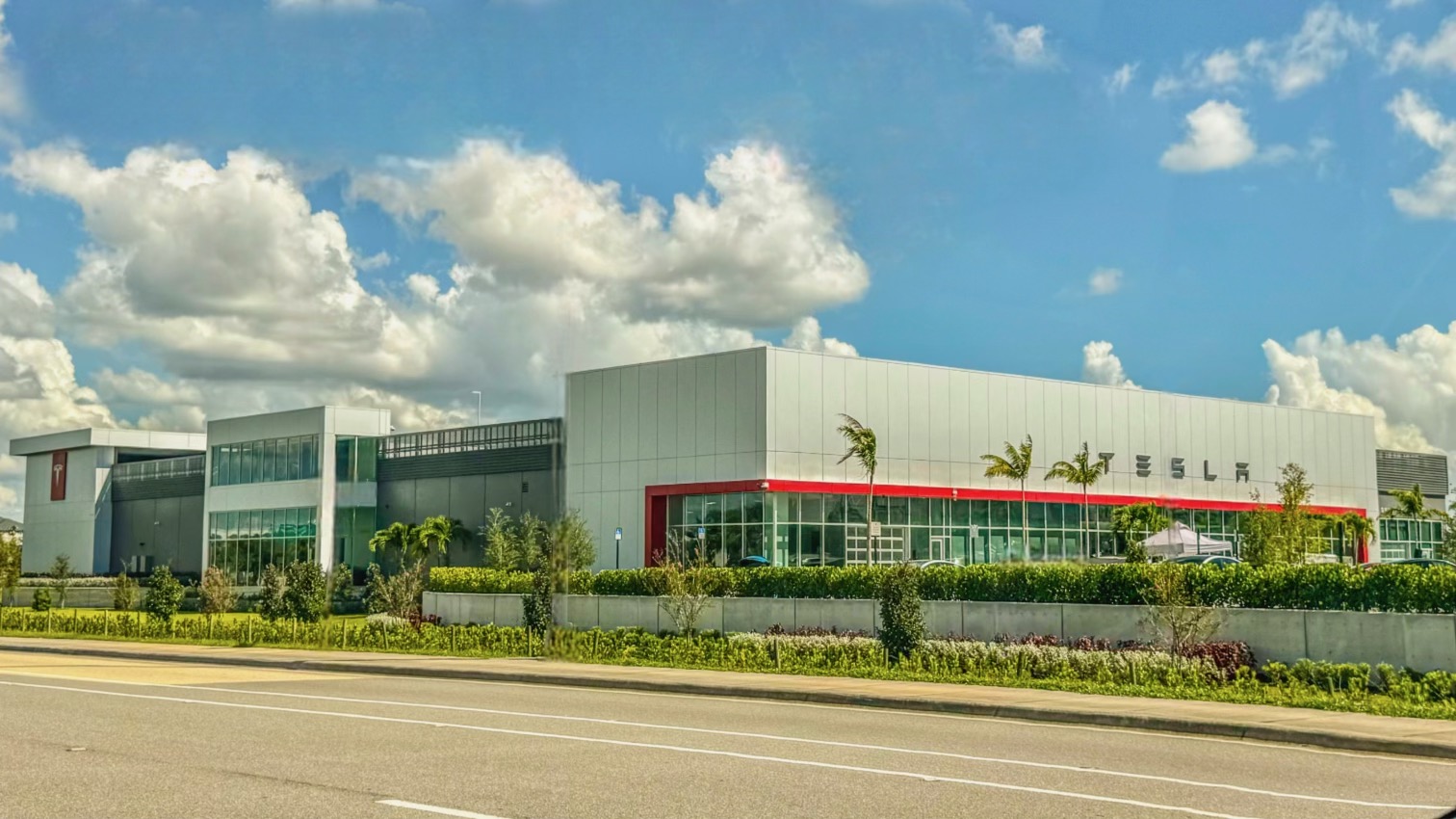Sign up for daily news updates from CleanTechnica on email. Or follow us on Google News!
By now, everyone and their third cousin has heard about Elon Musk’s lugubrious remarks about the Cybertruck at the Tesla Q3 earnings call earlier this month. “We dug our own grave with Cybertruck. Special products that come along once in a long while are just incredibly difficult to bring to market, to reach volume, to be prosperous. It’s fundamental to the nature of the newness.”
While Musk said a few early examples would be delivered to customers beginning on November 30, he added that “enormous challenges” remain before Cybertruck production can be ramped up, a process that will take place over the next 18 months or so. While he remains confident that the demand for the Cybertruck will be there when full production is achieved, Yahoo Finance reported this week that other manufacturers are tapping the brakes on their own electric pickup truck plans.
On October 16, 2023, Ford announced it was cutting a shift at the factory in Detroit where the F-150 Lightning is manufactured. “We are adjusting the schedule at the Rouge Electric Vehicle Center because of multiple constraints, including the supply chain and working through processing and delivering vehicles held for quality checks after restarting production in August,” Ford said in a statement. Ford said 700 jobs would be affected, but that the cuts were not in response to the current UAW strike against the company.
According to Yahoo Finance, there may be more to the story, however. The Wall Street Journal reported recently it had viewed a memo from a union official that said, “It doesn’t take a rocket scientist to figure out that our sales for the Lightning have tanked.” If that is so, it might provide some context to recent price cuts for the F-150 Lightning. Ford is offering $7,500 in incentives for the Lariat and Platinum trim levels. Combined with the federal EV tax credit — which will become a point of sale rebate on January 1, 2024 — that amounts to a $15,000 reduction in the sticker price.
Earlier this year, Ford raised the price of the base F-150 Lightning by a whopping $20,000. And people wonder why demand has gone flat? Ford has since backed off on the price of the base trim, which is aimed primarily at commercial customers. It now lists for $49,995, up from $39,995 when the electric pickup truck was first announced.
“We think Ford’s announcement is emblematic of the difficulties traditional automakers have faced with ramping up EV production, but also reflects consumer demand for EVs that wasn’t what it once appeared to be in terms of the robust reservation counts for certain new models,” CFRA analyst Garrett Nelson said to Yahoo Finance regarding the shift cut. “There’s been a growing mismatch between what automakers are trying to sell and what consumers want to buy.”
Ford’s production shift cut follows reports that the automaker had recently canceled dealer stock orders for the Lightning in the past month. At the time, Ford said in a statement to Yahoo Finance that this wasn’t due to any particular issue, only that it had “canceled some dealer stock orders not submitted as pre-sold for [model year 2023] as part of our preparations to changeover to [model year 2024]. No customer orders have been canceled by Ford.”
The confluence of shift cuts, pricing incentives, and canceling of dealer stock point to possible deterioration in F-150 Lightning demand, just as the automaker has said it will ramp up production of its traditional gas and hybrid F-150 models. Ford reported in Q3 that Lightning sales fell 46% year over year to 3,503 vehicles sold. “Ford and other automakers are starting to reconsider their EV growth strategies, shifting away from pure battery EVs more towards plug-in hybrids and even ICEs,” Nelson said.
Cost may be the biggest issue for Ford at the moment. “Consumers might be hesitant to pay 24% more for an EV pickup [versus a gas-powered truck] which could be causing [automakers] to rethink their EV pickup strategy until they can make them more cost competitive,” Kevin Roberts of CarGurus told Yahoo Finance recently. He pointed out that the average new listing price at the end of September for a F-150 Lightning on CarGurus was nearly $76,000, while a regular gasoline powered F-150 was around $61,000.
Ford has also put its proposed battery factory in Michigan on hold. That facility will be owned and operated by Ford, but will use technology from CATL, the largest battery manufacturer in the world. The novel arrangement has sparked controversy, especially by politicians who want to bash Chinese owned companies as a way to appeal to voters.
In a statement on September 25, 2023, Ford said somewhat enigmatically, “We are pausing work and limiting spending on construction on the Marshall project until we’re confident about our ability to competitively operate the plant. We haven’t made any final decision about the planned investment there.” Nothing further has been said publicly about that factory since.
Other Electric Pickup Trucks Delayed

General Motors is also experiencing some lack of demand for its upcoming electric pickup trucks from Chevrolet and GMC. The company said it will delay the conversion of its Orion Assembly plant in Michigan, which was supposed to be repurposed for the production of the Chevrolet Silverado EV and GMC Sierra EV pickups, and will push production to late 2025 in order to “better manage capital investment while aligning with evolving EV demand.”
“Evolving EV demand” is the key phrase here. “Brands like Chevrolet, Ford, and GMC made assumptions about what percentage of their future truck sales would be electric trucks. It’s clear those assumptions were unrealistic based on the current and near-term future demand for these models,” iSeeCars analyst and longtime industry watcher Karl Brauer told Yahoo Finance.
Brauer noted that, compared to conventional trucks, electric pickup trucks cost more up front and require an even larger dedicated space to store and charge. “Now roll in their compromised real-world functionality, with shorter ranges even before adding passengers, payload, or a trailer, and your potential buyers get pretty scarce compared to traditional trucks.”
Rivian & Lifestyle Buyers
Things are a little different at Rivian, which manufactures what it refers to as “lifestyle vehicles.” It delivered 15,564 vehicles in the third quarter, beating Wall Street estimates and 23% more than in the second quarter. Rivian also confirmed its 52,000 unit 2023 production goal, as it tries to meet demand for its trucks.
Rivian never tried to address the work truck market like Ford and GM did. Instead, it targeted coastal and higher income buyers who were more interested in recreational activities. Though Rivian is far from profitable, it has been cutting costs and predicts it will become profitable in 2024.
Karl Brauer says Rivian’s success illustrates the variation in market appetite between adventure oriented electric pickups and electric work trucks. “The overwhelming majority of truck buyers purchase their vehicles to satisfy real world demands that no other vehicle can satisfy. It appears electric pickup trucks aren’t yet capable of satisfying those needs.”
“Tesla’s customer profile is all about early adopting, ensuring plenty of initial excitement for its first truck,” he added, “But Tesla’s buyers are not, by nature, truck buyers. And truck buyers, as we now know, are not by nature electric vehicle buyers. After the initial rush, Cybertruck sales will be like Model S and Model X sales — a fraction of Tesla’s total volume.”
Kevin Roberts has a slightly different take. “The elephant in the room is the coming Cybertruck. If it’s a hit, then we’ll probably see OEMs get more aggressive with launches.”
The Takeaway
The UAW strike is probably forcing Ford, GM, and Stellantis to trim their spending somewhat. The strike has already cost them hundreds of millions of dollars, particularly because the union has targeted the factories that manufacture the most profitable models — SUVs and pickup trucks.
But the topic no one really wants to talk about is whether electric pickup trucks can do what conventional working pickups do — haul cargo, pull trailers, and so forth. The allure of onboard power to run power tools or V2H technology that can keep a home powered up for days during a grid outage is strong, but not strong enough to offset the developing narrative that electric pickup trucks just can’t do the job when there’s work to be done. Until that changes, they will likely remain in the slow lane in America.
Have a tip for CleanTechnica? Want to advertise? Want to suggest a guest for our CleanTech Talk podcast? Contact us here.
EV Obsession Daily!
I don’t like paywalls. You don’t like paywalls. Who likes paywalls? Here at CleanTechnica, we implemented a limited paywall for a while, but it always felt wrong — and it was always tough to decide what we should put behind there. In theory, your most exclusive and best content goes behind a paywall. But then fewer people read it!! So, we’ve decided to completely nix paywalls here at CleanTechnica. But…
Thank you!
Community Solar Benefits & Growth
CleanTechnica uses affiliate links. See our policy here.





